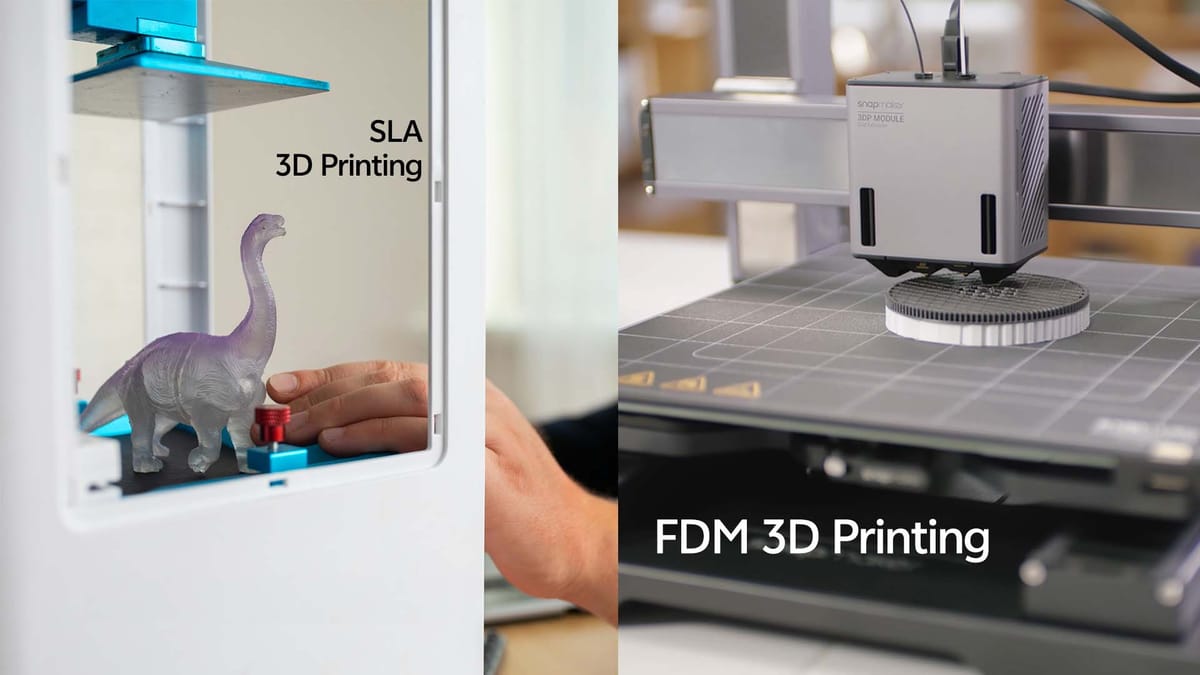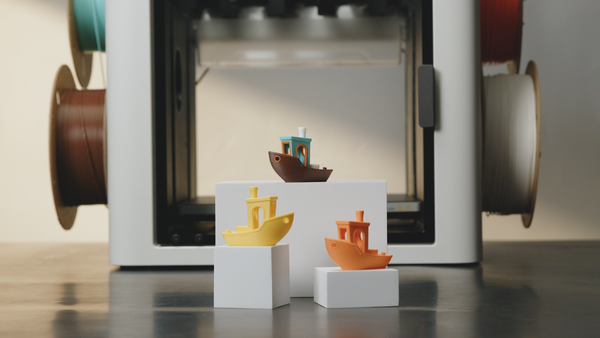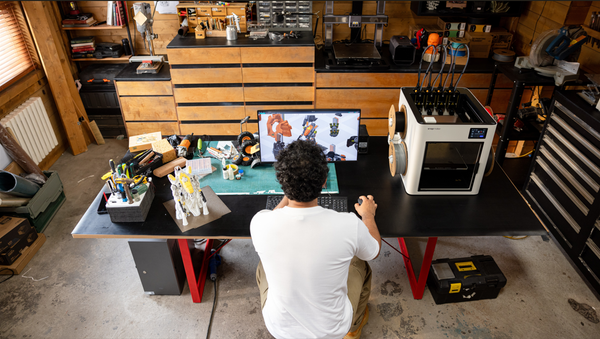FDM vs SLA: Key Differences in 3D Printing Technologies

3D printing has expanded the marketplace into unimagined realms for manufacturing, prototyping, and hobbies. FDM and SLA, two of the most featured 3D printer types, have turned out to be the forefront contenders as the technology advances.
The unique characteristics, benefits, and applications of each technique mean understanding how they differ is essential.
This part of the blog will explore the differences between FDM vs sla by paying close attention to their processes, materials, and costs in order to help you whip up which printer is suitable for you regardless of whether you are a rookie or a professional.
FDM vs. SLA
| Feature | FDM | SLA |
| Printing Process | Melts and extrudes thermoplastic filament layer by layer. | Uses UV light to cure liquid resin into solid layers. |
| Material Used | Thermoplastics (e.g., PLA, ABS, PETG) | Liquid photopolymer resins |
| Surface Finish | Rougher finish with visible layer lines | Smooth and detailed finish |
| Precision | Moderate | High |
| Print Speed | Faster for larger prints | Slower, especially for detailed prints |
| Cost | Lower printer and material costs | Higher printer and resin costs |
| Post-Processing | Minimal cleaning and support removal | Requires cleaning and UV curing |
| Applications | Prototypes, functional parts, large models | Jewelry, dental models, intricate designs |
What is FDM 3D Printing?
Fused deposition modeling, or FDM, is one of the most popular technologies in 3D printing today, especially for beginners. In FDM, the heat melts the thermoplastic filament to create a layer-upon-layer 3D object.
- Materials: PLA-beginners friendly-ABS-good impact strength-PETG-requires handling but strong and yet flexible
- Applications: Making models, functional parts, and many other things for fun.
- Advantages: It is cheap, the operation is simple, and it is easy to find the machines.
When asking: What is FDM? Most likely, you will do this because you want some large objects printed and are on a budget. It is also called the best 3D printer for a start because it has a simple installation.
What is SLA 3D Printing?
Stereolithography (SLA) is popular thanks to its accuracy and smooth surfaces. This process employs UV rays to harden resin into various layers to form interesting shapes. This technology is favored for high-detail models and professional applications.
- Materials: Photopolymer resins offer versatility for creating detailed and durable prints.
- Applications: Jewelry, dental models, artistic designs, and miniatures.
- Benefits: High-resolution prints with exceptional surface quality.
To answer the question of what is SLA, this is the technology most suited for use in the design of objects that require intricate features but come at an increased cost and maintenance levels.
FDM vs. SLA: A Head-to-Head Comparison
Printing Process and Speed
- FDM: Prints by depositing melted filament, making it faster for larger models.
- SLA: Uses resin curing with UV light, which is slower but delivers unmatched precision.
Material Differences in FDM vs. SLA
- FDM Materials: These are strong thermoplastics, such as PLA and ABS, ideal for functional parts.
- SLA Materials: Versatile resins offer smooth finishes and special properties (e.g., flexible, rigid, or biocompatible).
Print Quality: Precision and Surface Finish
- FDM: Visible layer lines and a rougher surface, requiring post-processing for smoothness.
- SLA: Superior details and a polished finish, making it perfect for intricate designs.
Cost of FDM vs. SLA 3D Printing
- FDM: Entry-level budget machines sit on the low end of about $200 for home use types, while professional types go for between $2,000 and $8,000, and industrial machines cost over $15,000.
- SLA: The least-end resin printers cost between $200-$1000, a standard printer $2500-$10000, and organ printing machines range between $5000-$25000.
Maintenance and Post-Processing
- FDM: Minimal cleaning; supports are easy to remove.
- SLA: Requires resin cleaning and curing, adding complexity to the process.
FDM or SLA: Which One Should You Choose?
Your choice depends on your application and budget:
Choose FDM if you’re a beginner, have a tight budget, or need quick prototypes and functional parts.
Opt for SLA if you’re focused on fine details, artistic designs, or professional applications like dental or jewelry models.
For example, FDM is excellent for printing large prototypes or household items. On the other hand, SLA is perfect for creating small-scale fine prints like anime figures or miniatures for wargames.
Key Takeaways from FDM vs. SLA
FDM and SLA differ significantly in process, materials, cost, and applications. FDM functions by laying down melted plastic, while SLA cures liquid resin using UV light. FDM depends on thermoplastics such as PLA and ABS, making it more affordable, whereas SLA uses photopolymer resins, which involve a higher investment. Applications-wise, FDM is very suitable for functional parts and beginners, while SLA is aptly known for precision application and great for artistic or highly detailed work.
Both boast their unique advantages, making them indispensable in the types of 3D printers. If you are only a novice or even looking for better tools, your choice will be dictated by your particular requirements and resources. Are you prepared to advance further? Go straight to Snapmaker’s FDM best 3D printer for beginners, which is the idyllic combination of functionality and simplicity.




